Aechmanthera gossipina? ABJUL01/39
Ashwini Bhatia
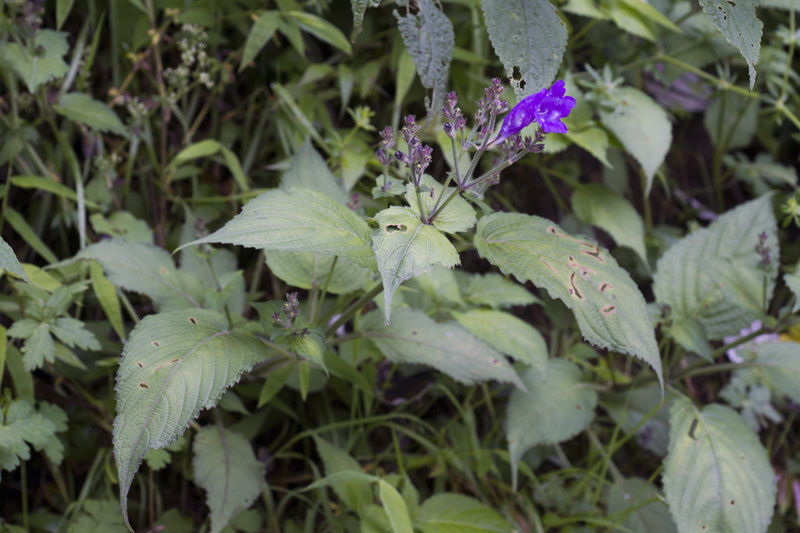
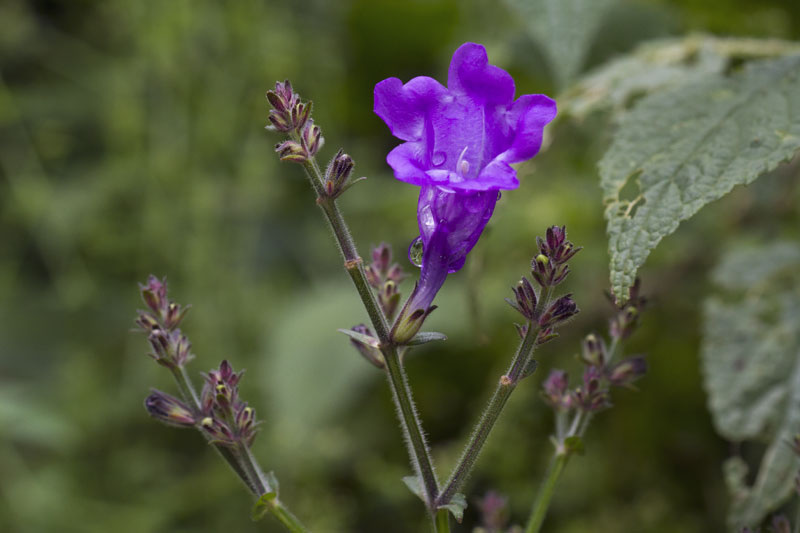
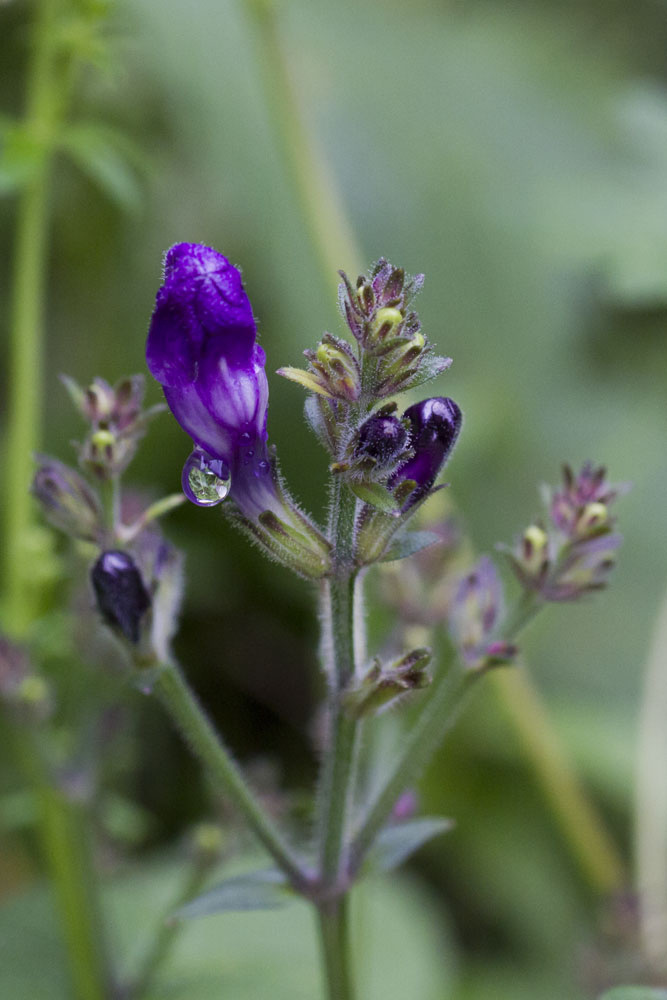
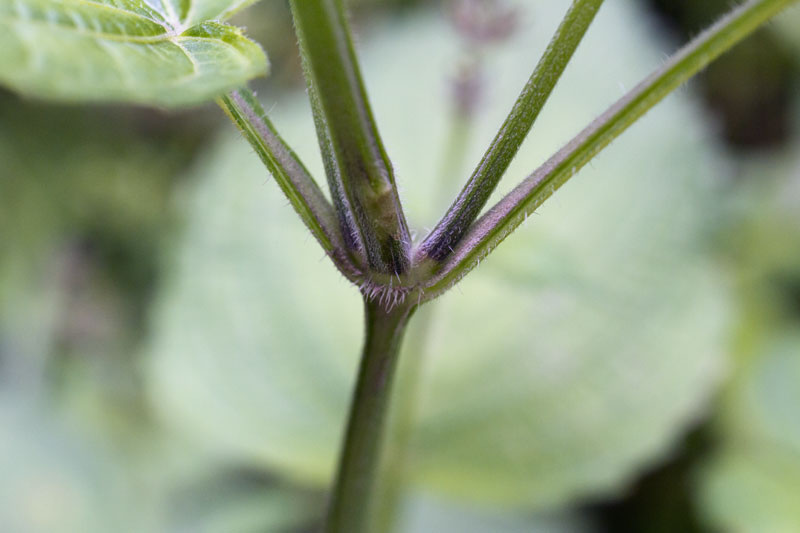
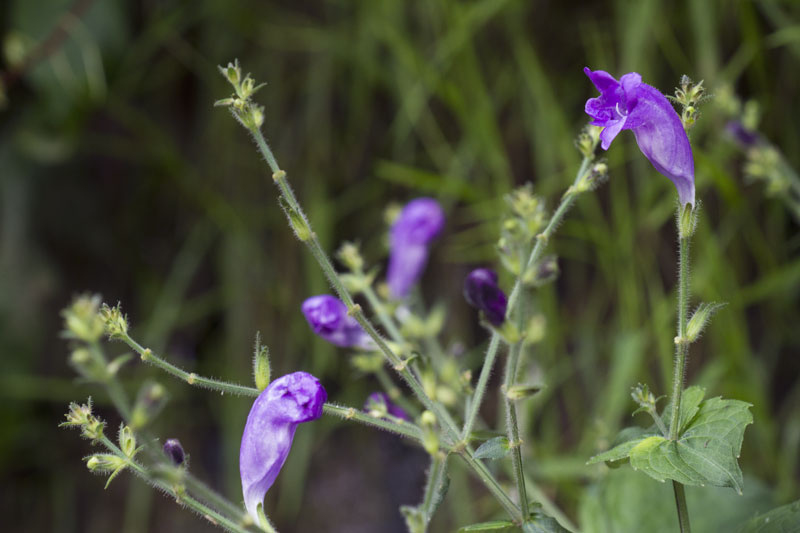
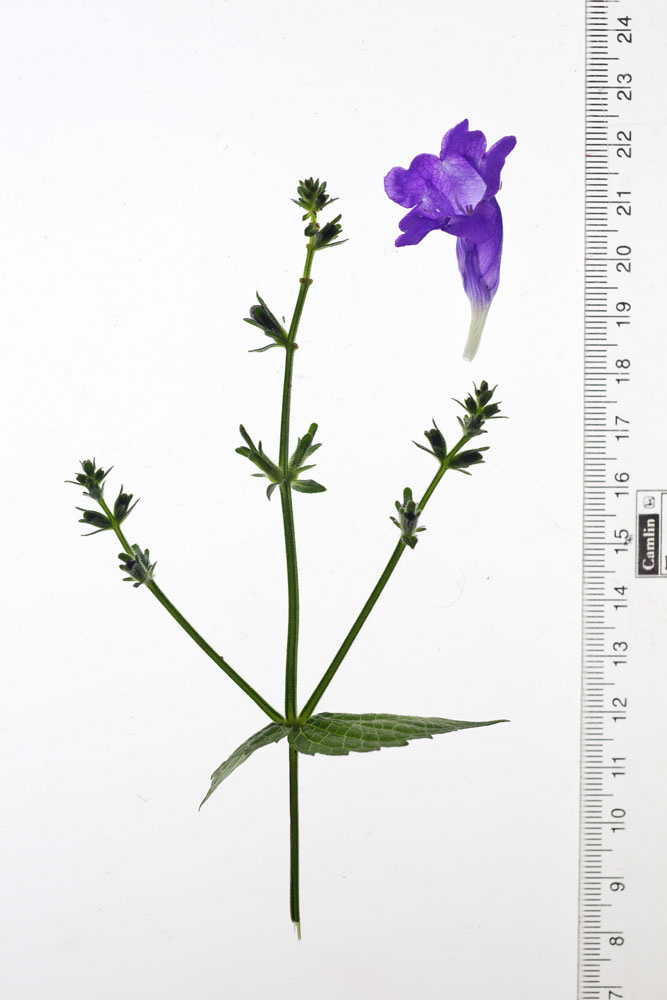
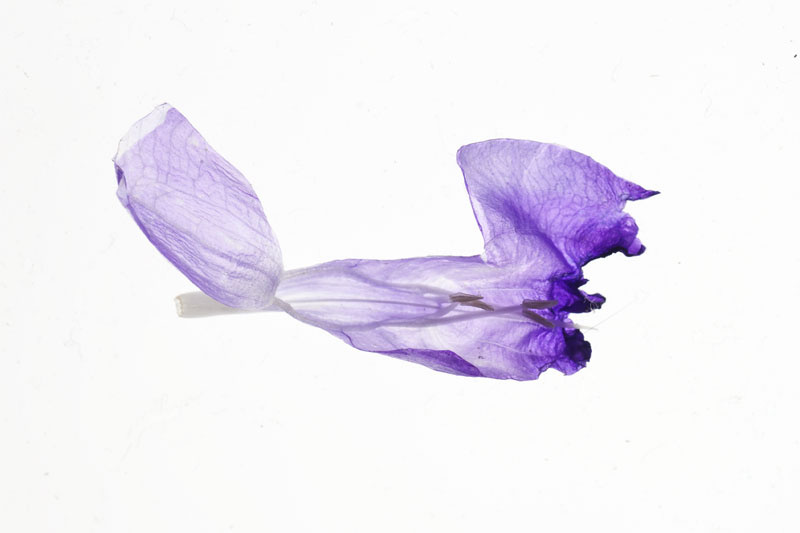
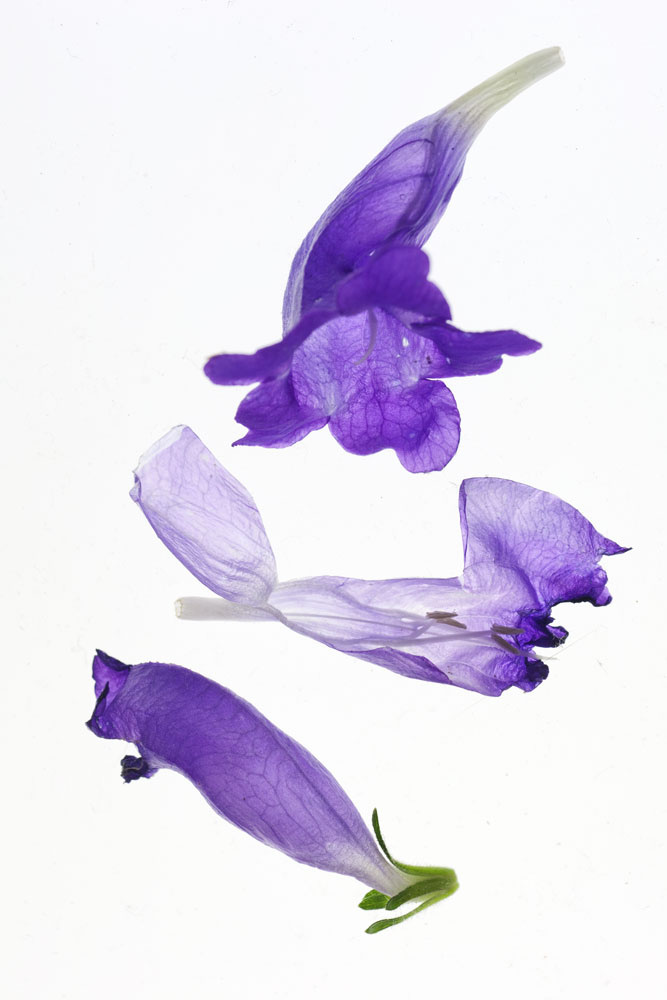
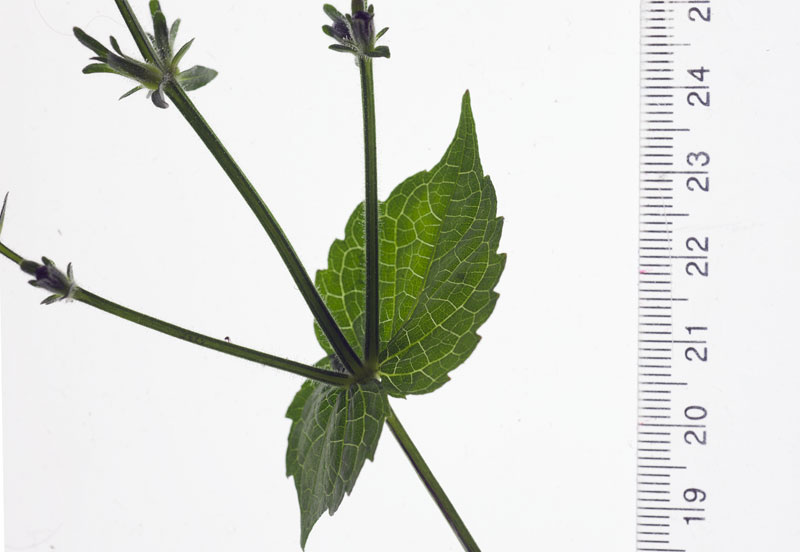
J.M. Garg
--
You received this message because you are subscribed to the Google Groups "efloraofindia" group.
To unsubscribe from this group and stop receiving emails from it, send an email to indiantreepi...@googlegroups.com.
To post to this group, send email to indian...@googlegroups.com.
Visit this group at https://groups.google.com/group/indiantreepix.
For more options, visit https://groups.google.com/d/optout.
--
J.M.Garg
'Creating awareness of Indian Flora & Fauna'
Winner of Wipro-NFS Sparrow Awards 2014 for efloraofindia.
For identification, learning, discussion & documentation of Indian Flora, please visit/ join our Efloraofindia Google e-group (largest in the world- around 2700 members & 2,40,000 messages on 31.3.16) or Efloraofindia website (with a species database of more than 11,000 species & 2,20,000 images).
The whole world uses my Image Resource of more than a thousand species & eight thousand images of Birds, Butterflies, Plants etc. (arranged alphabetically & place-wise). You can also use them for free as per Creative Commons license attached with each image.
Also author of 'A Photoguide to the Birds of Kolkata & Common Birds of India'.
Ashwini Bhatia
On 26 Jul 2016, at 10:28, J.M. Garg <jmg...@gmail.com> wrote:
Superb!!!
On 25 July 2016 at 20:02, Ashwini Bhatia <ash...@ashwinibhatia.com> wrote:
I have been confusing several bluebell species found here. I am not sure if this one which started flowering a week ago is Aechmanthera gossypina. I will be grateful for a proper key. Please advise.
Aechmanthera gossipina—Blue Trumpet Bush?Above Mcleodganj, Dharamshala, HP1800m18, 22 July 2016Thanks.Ashwini
<_MG_6086_18July2016.jpg><_MG_6105_18July2016.jpg><_MG_6111_18July2016.jpg><_MG_6117_18July2016.jpg><_MG_6140_18July2016.jpg><_MG_0549_22July2016.jpg><_MG_0586_22July2016.jpg><_MG_0608_22July2016.jpg><_MG_0572_22July2016.jpg>
--
You received this message because you are subscribed to the Google Groups "efloraofindia" group.
To unsubscribe from this group and stop receiving emails from it, send an email to indiantreepi...@googlegroups.com.
To post to this group, send email to indian...@googlegroups.com.
Visit this group at https://groups.google.com/group/indiantreepix.
For more options, visit https://groups.google.com/d/optout.
Ashwini Bhatia
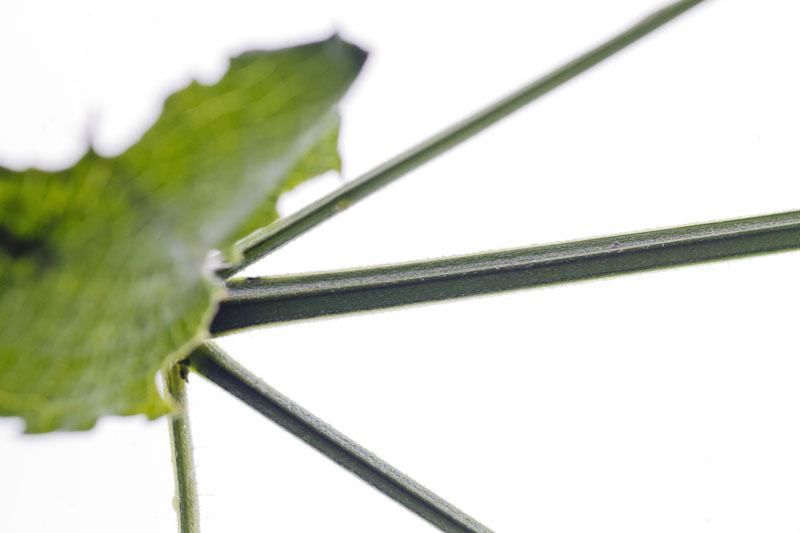

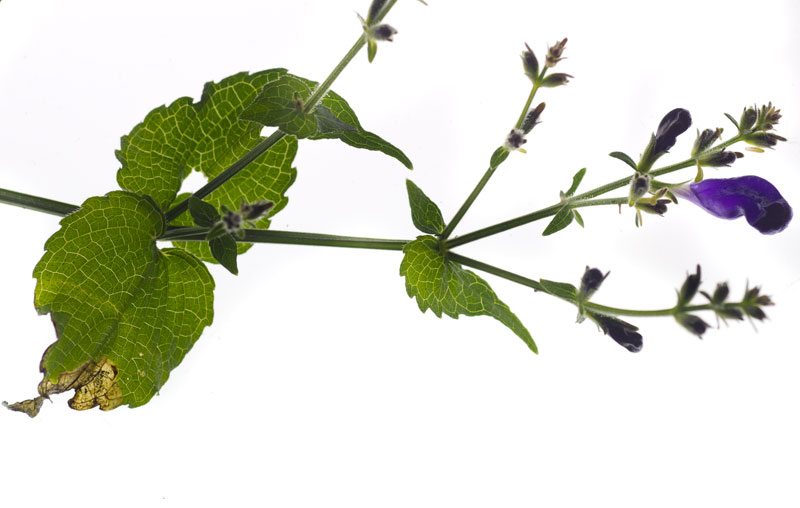
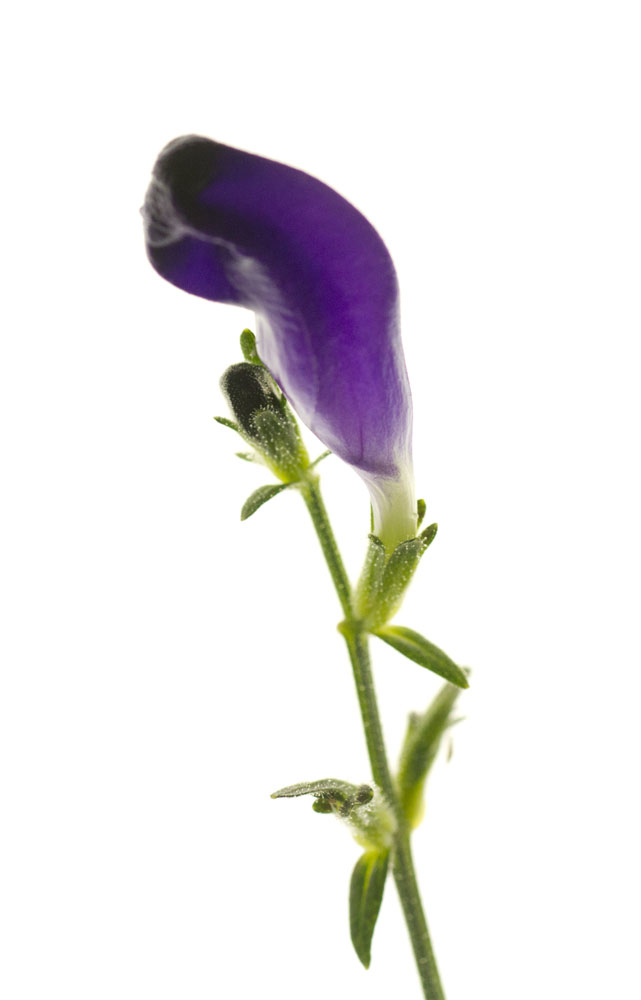

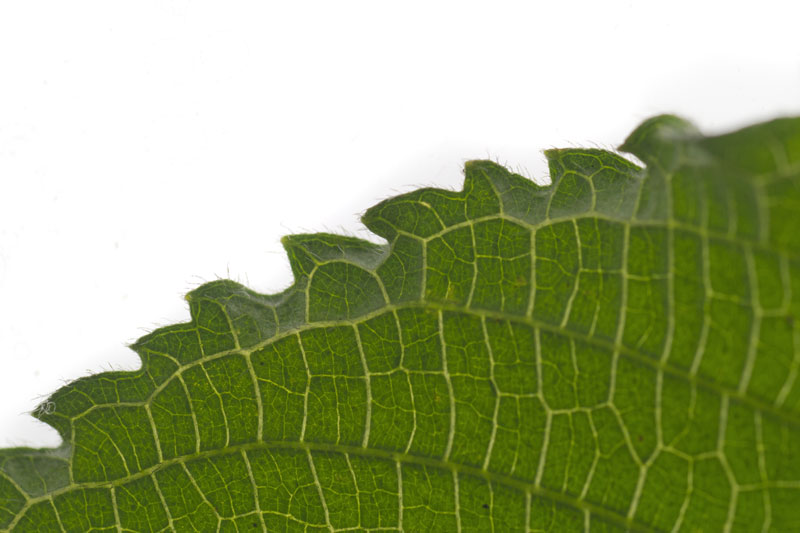
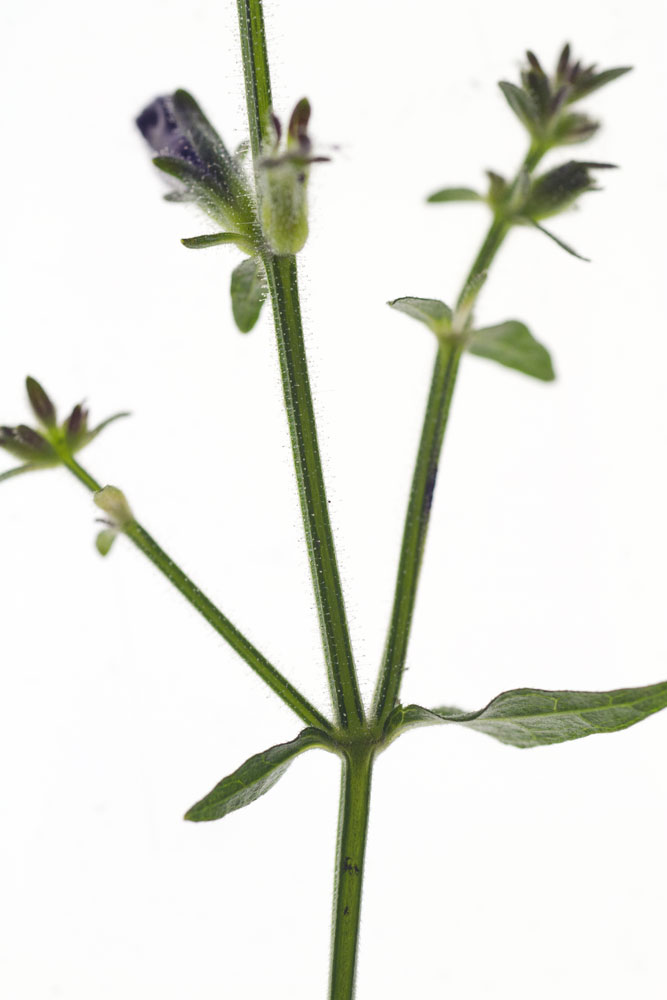
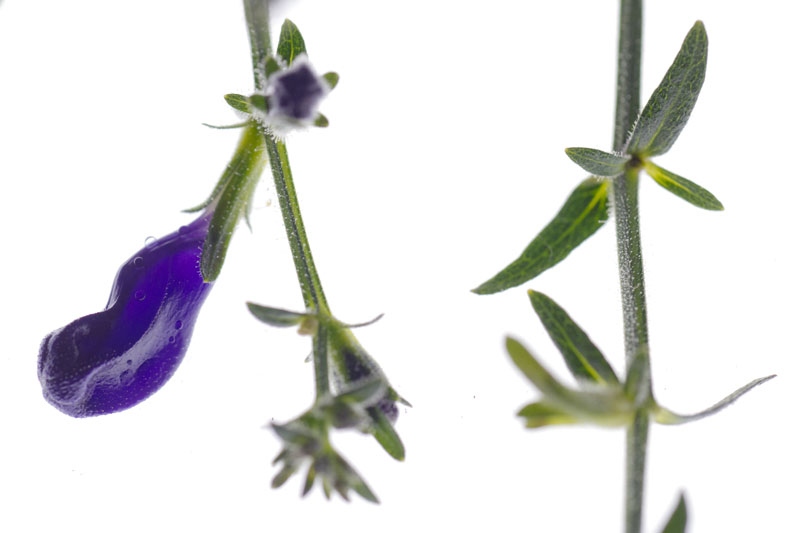
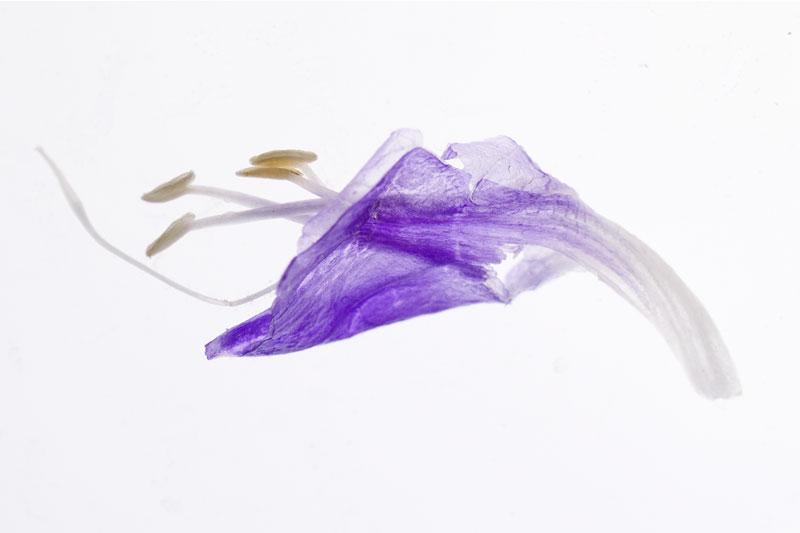
Ashwini Bhatia
On 29 Jul 2016, at 21:30, Ashwini Bhatia <ash...@ashwinibhatia.com> wrote:
Looking at the plant closely and consulting Col. Collett (Flora Simlensis), I am now of the opinion that this plant is Strobilanthes atropurpureus. I am putting additional photos here to illustrate why;1. The stalks are square and deeply furrowed.2. The lower leaves have winged stalks and the upper ones almost sessile.3. Leaves vary in size on the same plant and are sharply toothed.4. Bracts are persistent.I can also see that one of the sepals is longer than the other four, which Col. Collett doesn’t mention. I recall Dr Wood mentioning that as a characteristic of S. penstemonoides in another thread.Please advise if I am again wrong in identifying this as S. atropurpureus.Thanks.Ashwini
<_MG_8335_28July2016.jpg><_MG_8345_28July2016.jpg><_MG_8347_28July2016.jpg><_MG_8386_28July2016.jpg><_MG_8387_28July2016.jpg><_MG_8407_28July2016.jpg><_MG_8427_28July2016.jpg><_MG_8463_28July2016.jpg><_MG_8502_28July2016.jpg>
J.M. Garg
Ashwini Bhatia
On 30 Jul 2016, at 09:43, J.M. Garg <jmg...@gmail.com> wrote:
Thanks, Ashwini ji, for the deeper analysis.
On 29 July 2016 at 21:30, Ashwini Bhatia <ash...@ashwinibhatia.com> wrote:
Looking at the plant closely and consulting Col. Collett (Flora Simlensis), I am now of the opinion that this plant is Strobilanthes atropurpureus. I am putting additional photos here to illustrate why;1. The stalks are square and deeply furrowed.2. The lower leaves have winged stalks and the upper ones almost sessile.3. Leaves vary in size on the same plant and are sharply toothed.4. Bracts are persistent.I can also see that one of the sepals is longer than the other four, which Col. Collett doesn’t mention. I recall Dr Wood mentioning that as a characteristic of S. penstemonoides in another thread.Please advise if I am again wrong in identifying this as S. atropurpureus.
Thanks.Ashwini
<_MG_8335_28July2016.jpg><_MG_8345_28July2016.jpg><_MG_8347_28July2016.jpg><_MG_8386_28July2016.jpg><_MG_8387_28July2016.jpg><_MG_8407_28July2016.jpg><_MG_8427_28July2016.jpg><_MG_8463_28July2016.jpg><_MG_8502_28July2016.jpg>
On 26 Jul 2016, at 10:45, Ashwini Bhatia <ash...@ashwinibhatia.com> wrote:
J.M. Garg
Forwarding again for Id confirmation or otherwise please.
Some earlier relevant feedback:
|
Looking at the plant closely and consulting Col. Collett (Flora Simlensis), I am now of the opinion that this plant is Strobilanthes atropurpureus. I am putting additional photos here to illustrate why; 1. The stalks are square and deeply furrowed. 2. The lower leaves have winged stalks and the upper ones almost sessile. 3. Leaves vary in size on the same plant and are sharply toothed. 4. Bracts are persistent. I can also see that one of the sepals is longer than the other four, which Col. Collett doesn’t mention. I recall Dr Wood mentioning that as a characteristic of S. penstemonoides in another thread. Please advise if I am again wrong in identifying this as S. atropurpureus. Thanks. Ashwini
|
|
Thank you Mr Garg. I am afraid I may still be wrong in identifying this. S. wallichii and S. urticifolia share similar traits. Regards, Ashwini
|
|
|
|
|
You received this message because you are subscribed to the Google Groups "efloraofindia" group.
To unsubscribe from this group and stop receiving emails from it, send an email to indiantreepi...@googlegroups.com.
To post to this group, send email to indian...@googlegroups.com.
Visit this group at https://groups.google.com/group/indiantreepix.
For more options, visit https://groups.google.com/d/optout.
J.M. Garg
From: John Wood
Date: 3 August 2016 at 18:35
Subject: Re: [efloraofindia:247985] Aechmanthera gossipina? ABJUL01/39
To: "J.M. Garg" <jmg...@gmail.com>
Your plant is Strobilanthes attenuata. Note the cordate leaves with winged stalk and paniculate inflorescence. Please read the article on Strobilanthes attenuata in the attached publication.
regards
John Wood
Sent: 03 August 2016 13:46
To: efloraofindia
Cc: Ashwini Bhatia
Subject: Fwd: [efloraofindia:247985] Aechmanthera gossipina? ABJUL01/39
J.M. Garg
From: Ashwini Bhatia <ash...@ashwinibhatia.com>
Date: 5 August 2016 at 09:08
Subject: Re: [efloraofindia:247985] Aechmanthera gossipina? ABJUL01/39
Cc: "J.M. Garg" <jmg...@gmail.com>
<_MG_6086_18July2016.jpg><_MG_6105_18July2016.jpg><_MG_6111_18July2016.jpg><_MG_6117_18July2016.jpg><_MG_6140_18July2016.jpg><_MG_0549_22July2016.jpg><_MG_0586_22July2016.jpg><_MG_0608_22July2016.jpg><_MG_0572_22July2016.jpg>
--
You received this message because you are subscribed to the Google Groups "efloraofindia" group.
To unsubscribe from this group and stop receiving emails from it, send an email to indiantreepix+unsubscribe@googlegroups.com.
To post to this group, send email to indian...@googlegroups.com.
Visit this group at https://groups.google.com/group/indiantreepix.
For more options, visit https://groups.google.com/d/optout.
--
With regards,
J.M.GargFor identification, learning, discussion & documentation of Indian Flora, please visit/ join our Efloraofindia Google e-group (largest in the world- around 2700 members & 2,40,000 messages on 31.3.16) or Efloraofindia website (with a species database of more than 11,000 species & 2,20,000 images).The whole world uses my Image Resource of more than a thousand species & eight thousand images of Birds, Butterflies, Plants etc. (arranged alphabetically & place-wise). You can also use them for free as per Creative Commons license attached with each image.Also author of 'A Photoguide to the Birds of Kolkata & Common Birds of India'.
--With regards,
J.M.GargFor identification, learning, discussion & documentation of Indian Flora, please visit/ join our Efloraofindia Google e-group (largest in the world- around 2700 members & 2,40,000 messages on 31.3.16) or Efloraofindia website (with a species database of more than 11,000 species & 2,20,000 images).The whole world uses my Image Resource of more than a thousand species & eight thousand images of Birds, Butterflies, Plants etc. (arranged alphabetically & place-wise). You can also use them for free as per Creative Commons license attached with each image.Also author of 'A Photoguide to the Birds of Kolkata & Common Birds of India'.
<Curtis's Botanical Magazine vol. 31(2).pdf>
DINESH ALBERTSON
I think this is Strobilanthes penstemonoides although it is hardly typical as the flowers are not truly "capitellate" and I can't see any sign of the scarious caducous bracteoles. However the corolla is glabrous, the sepals are glandular with one calyx lobe distinctly longer than the others so I think it must be that species. I would like to congratulate Ashwini Bhatia on the photos of the floral details. These show more clearly than I have ever seen the distinctive ellipsoid/suborbicular anthers, with the shorter anthers recurved, which are defining features of the "Goldfussia" group.
Key to varieties
Distinctly anisophyllous; stems and leaves invariably glabrous; leaves sessile specially upper ones; calyx exclusively hairy; corolla lobes hairy on margin; longer filaments hairy…….. var. pentstemonoides
Weakly anisophyllous; stems and leaves invariably hairy; leaves petiolate; calyx glabrous or hairy; corolla lobes not hairy on margin; all staminal filaments glabrous… var. dalhousiana
Strobilanthes pentstemonoides (Nees) T. Anderson var. pentstemonoides
Much branched shrubs, 1-3 m high; stems quadrangular, glabrous. Leaves in pairs clearly anisophyllous, ovate-elliptic or elliptic-lanceolate, ca 16 x 6 cm, cuneate at base and decurrent on petiole, closely serrate at margin, acuminate at tip, glabrous, coriaceous, lineolate on both surfaces, dark green above and grayesh green beneath; secondary nerves ca 7 pairs arcuate, slightly raised beneath; petioles ca 1.5 cm; upper leaves completely sessile. Inflorescences capitate, subglobose, 1-3 heads enclosing by outer bracts on peduncles, 2-3 flowers in each head. terminal on main branches, much exceeding the subtending leaves, heads 1-2.5 cm, glandular and exactly globular when young; peduncles 2-8 cm long, glabrous, sometimes glandular-hairy, 1-2 together; bracts orbicular, concave, 8 mm-1.2 cm, obtuse, whitenend, glabrous, early caducous; bracteoles absent. Calyx 8 mm in flower, 1.2 cm in fruit, divided nearly to the base, lobes linear-lanceolate, acute at tip, invariably hairy; one of the lobes distinctly longer than others. Corolla 3.5 cm, minutely pubescent on narrow part of the tube, glabrous outside, pale purple, more or less curved at the base of ventricose portion; lobes 5, orbicular, sometimes sparsely long white hairy on margins, emarginated at apex. Stamens 4, included; staminal sheath extends 1/3 of ventricose portion, hairy on the margin; filaments in two heights; shorter filaments recurved, glabrous; longer filaments hairy; anthers 2-celled, muticous at base. Ovary on a disk; style puberulous, subexerted; stigma dilated above; one of the lobes suppressed. Capsules oblong-clavate, 1.5 cm, glandular-pubescent at apex, 4-seeded; seeds ovate, 3 mm, hairy; areoles very small.
Fl.& Fr.: August-March (flowering period varies in different places).
Habitat: Subtropical Himalaya, upto 2000-2500 m from Nepal to Bhutan, frequent, on river banks amidst grasses.
Distrib.: World: Bhutan, India and Nepal. India: Arunachal Pradesh (Tirap and
Subansiri), Assam (Sibsagar), Nagaland (Naga hills) and Uttarakhand (Dehra
Dun).
Notes: S. pentstemonoides is known from extensive collections of Nepal. The leaves are very variable in size but are essentially elliptic in shape, flowers in pedunculate, bracteate heads terminal on axillary branchlets. The branchlets are usually relatively long, clearly exceeding the leaves and bearing a pair of relatively persistent leaflets at the branching point. The peduncles are usually glandular-pilose. The only difference between S. pentstemonoides and S. dalhousiana from the Western Himalaya is in the indumentum of the leaves and stem. In the former it is quite glabrous whereas in S.dalhousienana the stems and leaf veins are distinctly hairy.
Also refer to : J.R.I. Wood in Edinb. J. Bot. 51(2): & fig. 1994 & J.R.I. Wood, Acanthaceae in A.J.C. Grierson & D.G. Lal, Fl. Bhutan 2 (3): 2001.
To unsubscribe from this group and stop receiving emails from it, send an email to indiantreepix+unsubscribe@googlegroups.com.
To post to this group, send email to indian...@googlegroups.com.
Visit this group at https://groups.google.com/group/indiantreepix.
For more options, visit https://groups.google.com/d/optout.
J.M. Garg
DINESH ALBERTSON
Sorry for the mix-up in a hurry.. You can use the piece of information on Strobilanthes pentstemonoides (Nees) T. Anderson under the relevant thread..
Strobilanthes attenuata (Nees) Nees in DC., Prodr. 11:193. 1847. Type: Probably from India, Wallich 2346 (lecto K-W: Wood, 1994a).
Ruellia attenuata Nees in Wall., Pl. Asiat. Rar. 3: 83. 1832 p.p.; J.R.I.Wood in Edinb. Jour. Bot. 51(2): 221, 230. 1994; Pteracanthus attenuatus (Nees) Bremek. in Verh. Kon. Ned. Akad. Wetensch. Afd. Natuurk., Tweede Sect. 2, 45(1): 199. 1944. Type: as for Strobilanthes attenuata (Nees) Nees
Strobilanthes alata Nees in DC., Prodr. 11: 194. 1847. Type: India, Simla Lady Dalhousie (iso. K, E: Wood, 1994a), nom. Illegit., non Blume (1826).
Strobilanthes reflexa Nees in DC., Prodr. 11: 194. 1847; Pteracanthus reflexus (Nees) Bremek. in Verh. Kon. Ned. Akad. Wetensch. Afd. Natuurk., Tweede Sect. 2, 45(1): 199. 1944. Type: India, Royle (LIV, n.v.).
Strobilanthes newii Bedd. ex C.B. Clarke in Hook.f., Fl. Brit. India 4: 464. 1884; Gamble, Fl. Madras: 1043. 1924 (repr. ed. 2: 731. 1957); P. Venu, Strobilanthes Penin. India: 157 & t. 38 (p. 158) (illeg. nom.).-Meckenzia newii (Beddome ex C.B. Clarke) Bremek. in Verh. Kon. Ned. Akad. Wetensch. Afd. Natuurk., Tweede Sect. 2, 45(1): 183. 1944. Types: India, Karnataka, Western Mysore, Manjeerabad, Beddome s.n. (BM); Beddome 40 & 106 (MH!);
Strobilanthes urticifolia Wall. ex O. Kuntze, Revis. Gen. Pl. 2: 499. 1891. Pteracanthus urticifolius (Wall. ex O. Kuntze) Bremek. in Verh. Kon. Ned. Akad. Wetensch. Afd. Natuurk., Tweede Sect. 2, 45(1): 199. 1944. Type: Wallich 2346 (iso. K-W).
Strobilanthes extensus Bedd., Icon. Pl. Ind. Orient.: 47. t. 202. 1868-1874, non Nees 1847.
Small shrubs, erect, ca 1 m high, glandular hairy; branches quadrangular, puberulous, glandular-hairy above, glabrescent below. Leaves in pairs unequal, ovate, ca 12.5 x 7.5 cm, rounded or cordate at base, prominently serrate at margin, acute at tip, scabrous-hispid above, pubescent beneath, distinctly lineolate on both surfaces; petioles length variable, ca 1 cm long, winged upward (upper leaves sessile); secondary nerves 7-8 pairs. Inflorescences terminal much interrupted spikes, early panicled, hairy, 15-25 cm long; flowers nearly all opposite, distant; flower buds glandular hairy at tip; bracts small, linear-oblong, ca 6 mm long, smaller than calyx lobes, early caducous; bracteoles linear, much smaller than calyx, caducous, subscarious, ciliate, glandular-hairy. Calyx with a small tube, deeply divided; lobes unequal, linear, ca 1.2 cm long, one of them longer than others, rounded or obtuse at apex, ciliate on the margin, glandular-hairy. Corolla curved, deep purple, tubular-ventricose, ca 3 cm long; tube a little contracted at base, much smaller than ventricose portion, hardly longer than the calyx; ventricose portion much inflated, 2 hairy lines within; curved above, 5-lobed; lobes orbicular and veined. Stamens 4; sheath extending to the middle of ventricose portion, glabrous/slightly hairy; filaments glabrous; inner two shorter, crossing the longer filaments. Ovary glandular, puberulous at apex; style ca 2.6 cm long, glabrous or slightly hairy below. Capsules narrowly elliptic, ca 1.5 cm long, glandular-pubescent, 4-seeded; seeds ovate, ca 4 mm, hairy with a small areole.
Fl. & Fr.: Less known about flowering period or periodicity.
Habitat: . W. Temperate Himalaya, 3500 m, common; from Kashmir to Kumaon, In grassland on mountainous slopes, 2500 m Tibet; also grow in gardens as cultivated species in Karnataka
Distrib.: World: Afganistan, China, India, Nepal, North Pakistan and Tibet.
Note: Wallich 2345 cited by Nees was excluded by Wood (l.c.). as it is Echinacanthus attenuates Nees.